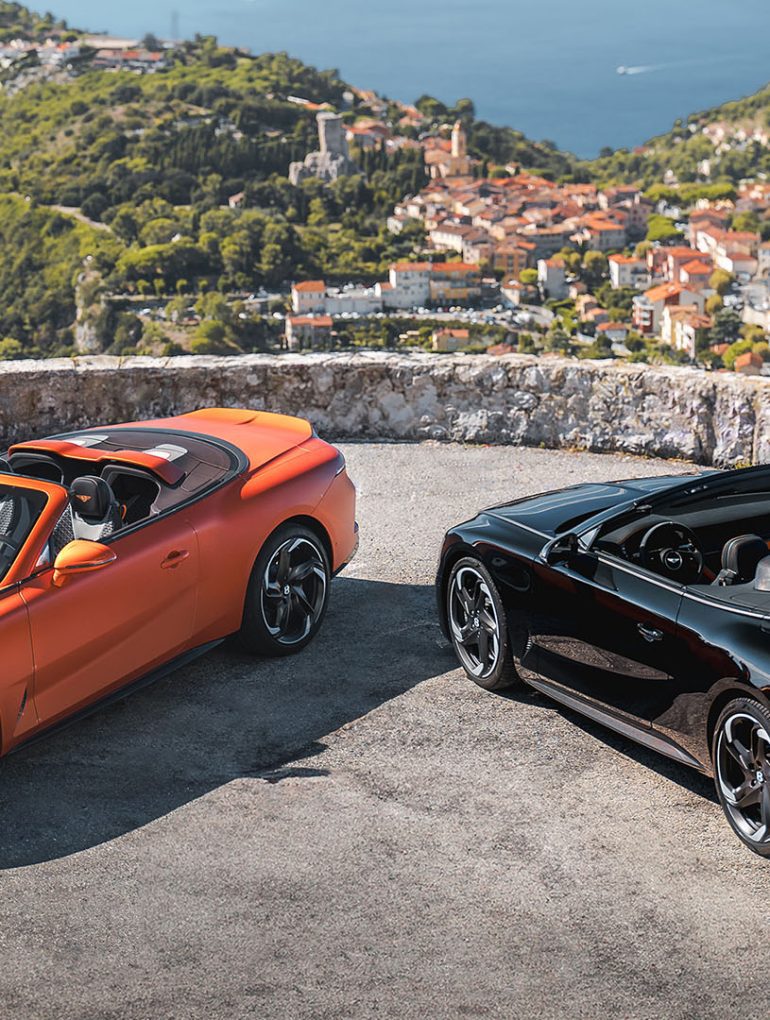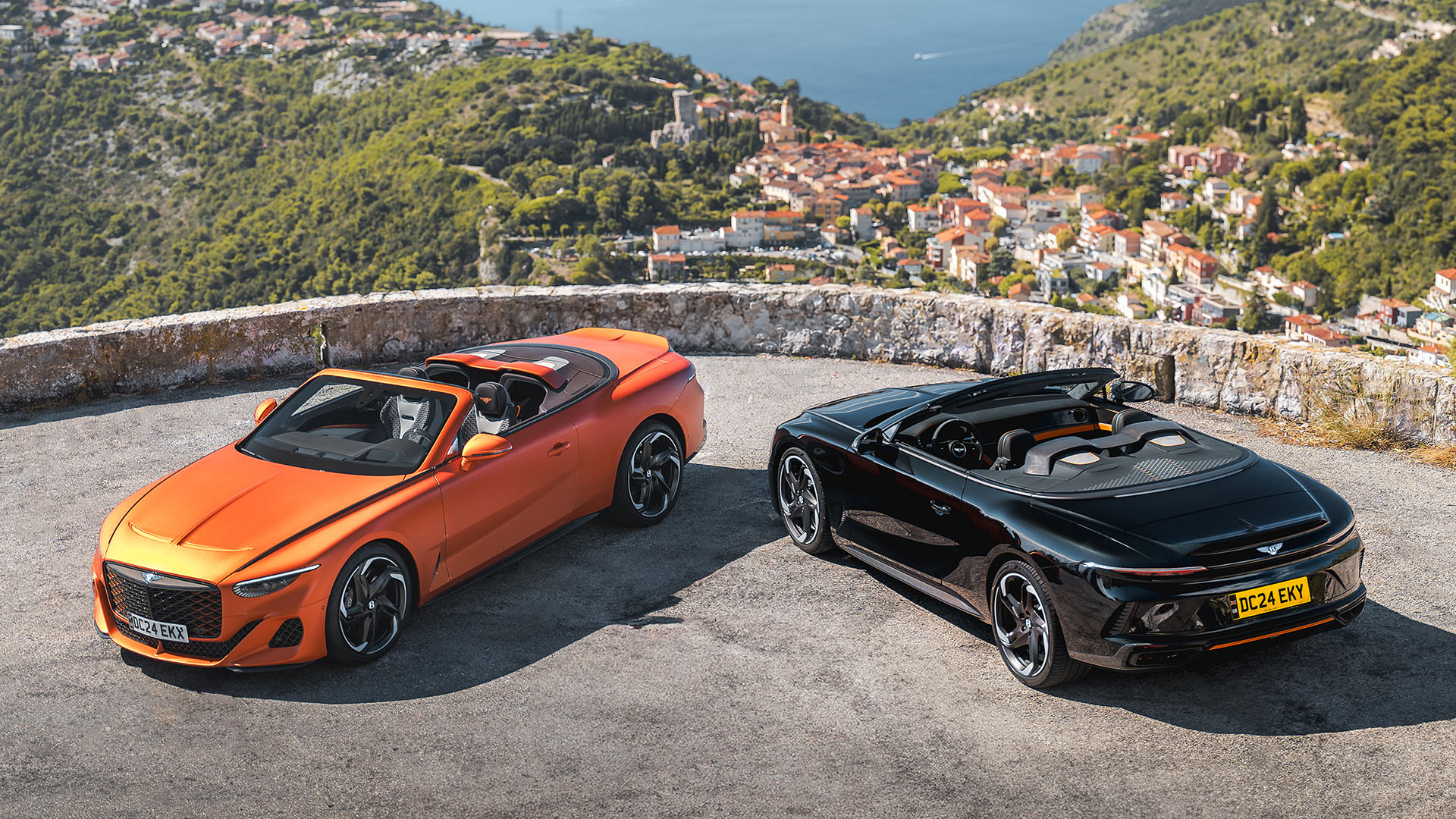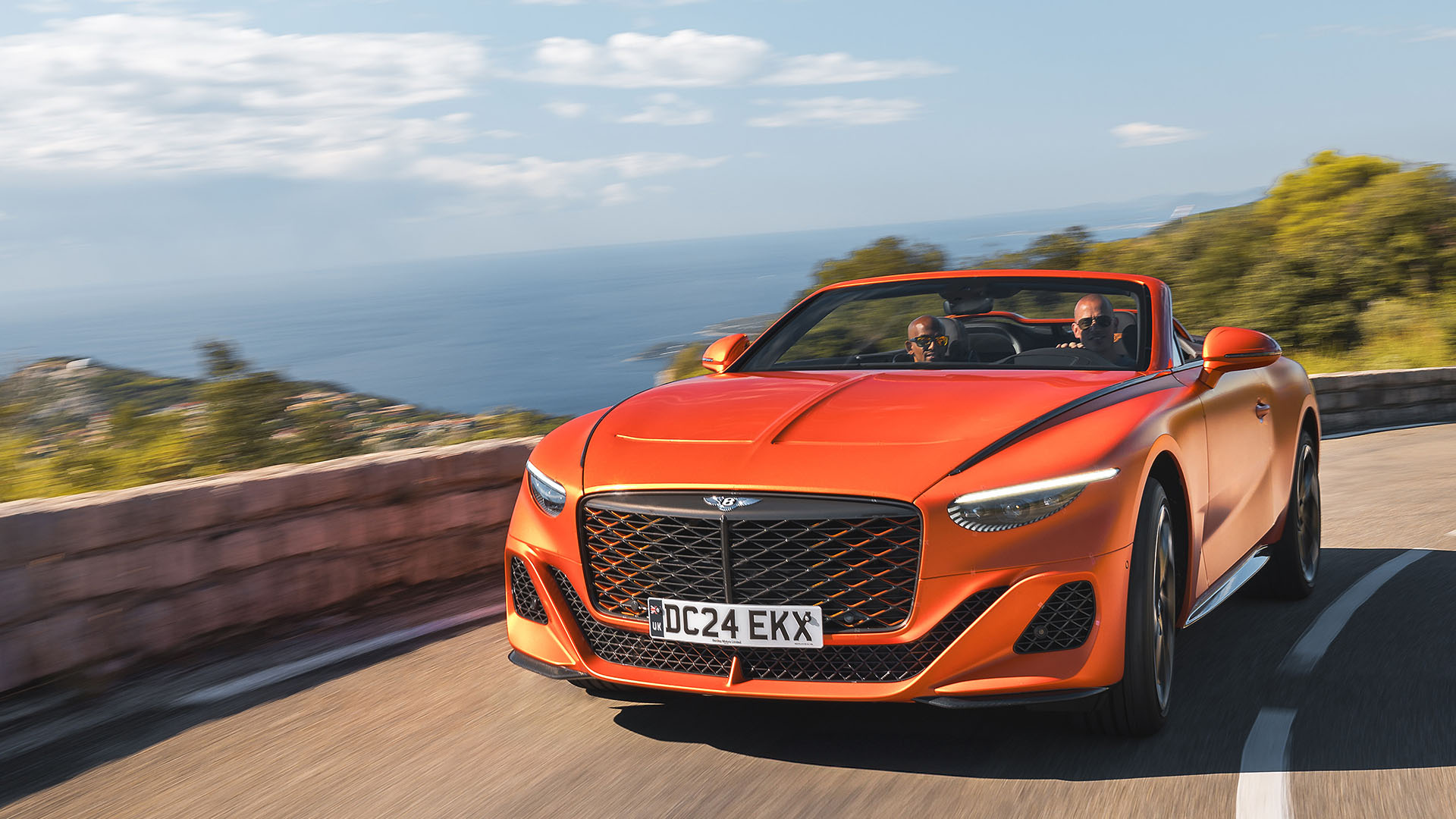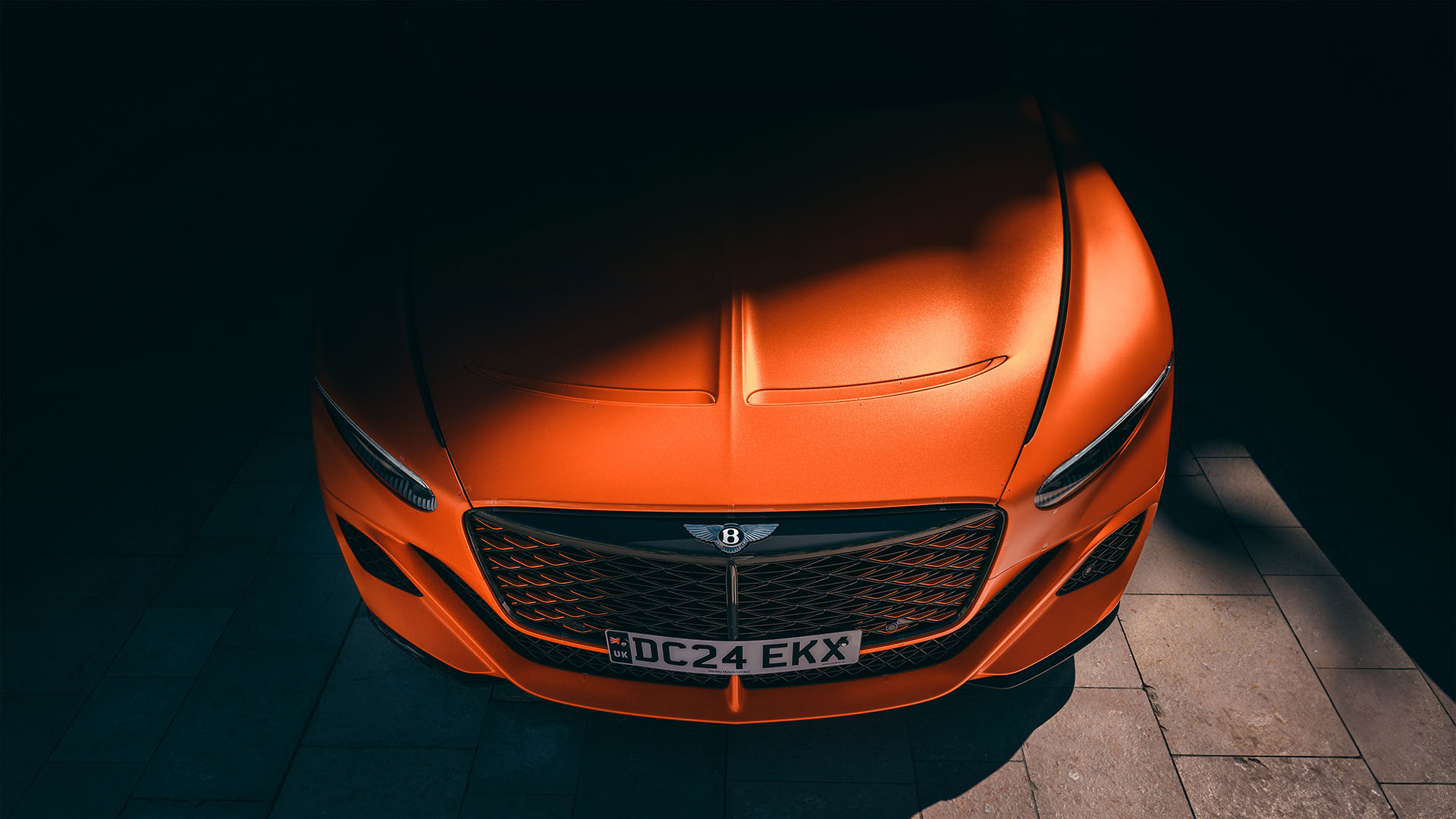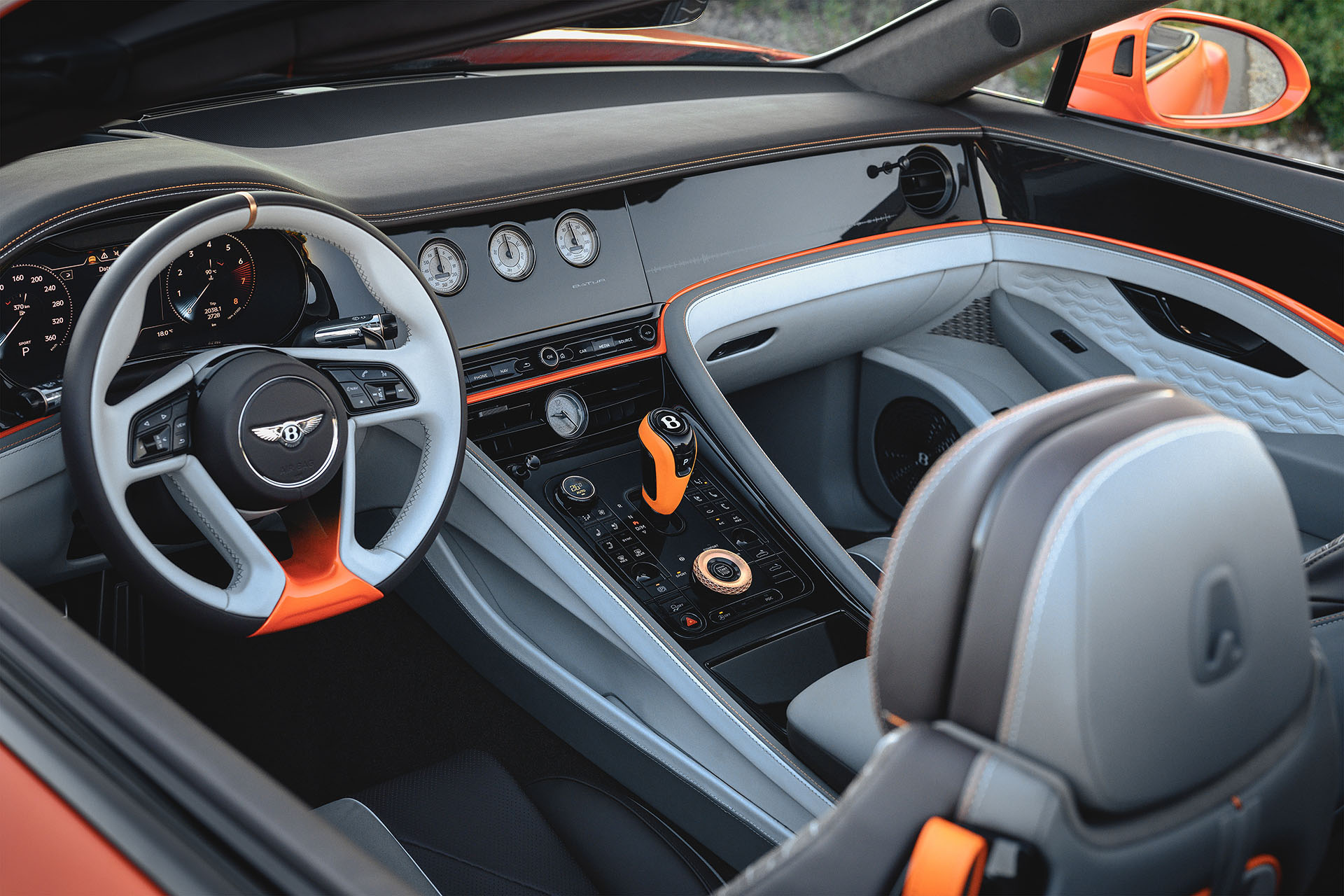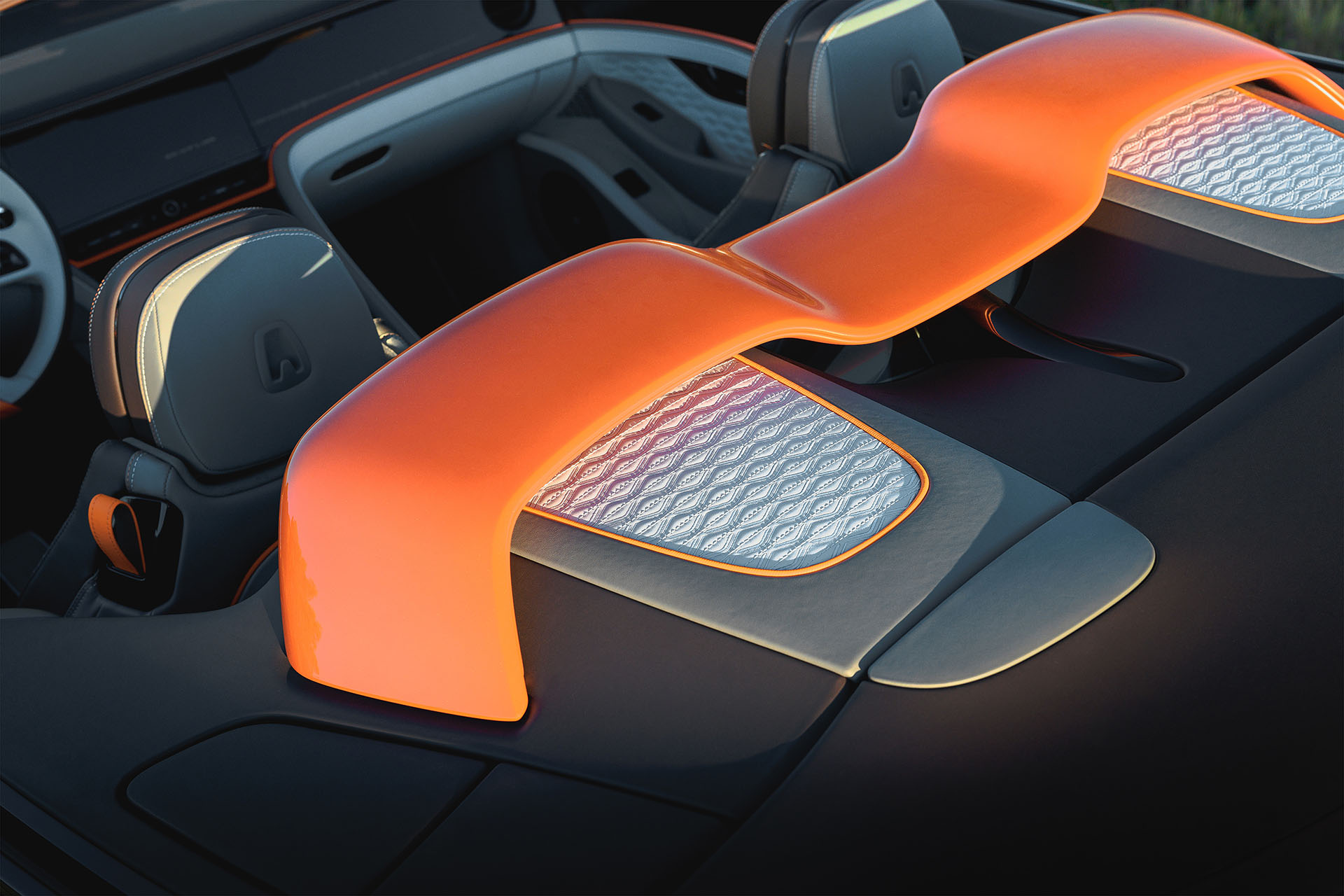Sadly Bentley will be retiring their famous W12 engine by July next year, but not before they build 16 units of their most powerful W12 car ever, the Batur Convertible, the third model from Mulliner, Bentley’s in-house division that specializes in creating utterly bespoke cars for their most discerning customers, the list was started with the impressive Bacalar Barchetta which was followed by the Batur coupe, and now in it’s final W12 powered evolution as a very limited production run of just 16 Batur Convertibles, which houses an intimidating 750 PS.
Even with just 16 units to be made of the Batur Convertible, the development still takes a lot of effort and attention to detail, and that includes building a pre-production car, one that is not intended to be delivered to a customer, but is strictly used by Bentley development engineers to make sure that once the 16 production units are built and sent out, they are the best-of-the-best and don’t have a single flaw, a testament to the Bentley legacy, note that this means building Car Zero, a car with chassis number zero for a specific model, but in this case, Bentley actually made two prototypes for in-depth testing, Car Zero, and an ‘Engineering Car’.
These two prototypes will be taken on a 3,000 km drive on the open road, from Germany to Spain, passing through five different countries across Europe to test real-life conditions on the streets, from sunshine to rain, from cool temperatures to hot temperatures. They will cross mountains when they pass through Italy, France, and Spain, taken both for high-speed runs on the highway in Germany, to small city streets and even head into Monaco for a photo shoot, before arriving in Idiada, Spain … for even higher speed testing on a private race track.
Paul Williams, Chief Technical Officer for Mulliner, comments: “The purpose of an engineering validation public road drive is to test a vehicle’s performance, safety, and reliability under real-world conditions. It allows our engineers to assess how the vehicle operates in a variety of environments, traffic scenarios, and weather conditions that cannot be fully replicated in controlled testing environments. This stage is critical for identifying potential issues, validating system integration, and ensuring the vehicle meets regulatory standards and customer expectations as part of the engineering development test program. At the start of the project it was clear that this car had to be the ultimate open-air Grand Tourer and so every element from the exterior design, engine power and hand-crafted interior has been created without compromise.”
The Batur Convertible Car Zero has had the same level of attention to detail as a customer’s specification. The exterior paintwork is a bespoke color – Vermillion Gloss over Vermillion Satin Duo tone – that provides a vibrant color across contemporary surfaces. The bodywork is underscored by front splitters, side skirts and rear diffuser in high gloss carbon fiber. The front of the car features a grille of exceptional art – with the main matrix finished in Gloss Dark Titanium, accented with contrast chevrons in a horizontal ombré pattern that flows from Beluga in the center and lightens to the vibrant sides in Vermillion Gloss. The “endless bonnet” line is finished in Gloss Dark Titanium paint, as are the 22″ wheels – with the spokes in Gloss and Satin Black Titanium with Vermillion Gloss accents.
The second development car – known simply as the ‘Engineering Car’, features an entirely different specification. Midnight Emerald exterior paintwork is finished with a high gloss carbon fiber body kit and Satin Dark Titanium finished bonnet brightware and lower bumper meshes The wheels are tri-tone – with a Satin Dark Titanium body, gloss Porpoise accent faces, and gloss Mandarin pinstripe. The same combination of Satin Dark Titanium and Mandarin is joined by gloss Beluga for the three-color ombré fade to the front grille. The cabin echoes the exterior, with Cumbrian Green and Porpoises leather being accented with Mandarin stitching and piping, complemented with machined titanium Organ Stops and Bullseye vents. The veneer is Mulliner’s exquisite “guitar fade”, where the color across the width of the cabin changes gradually from gloss Beluga, to high gloss carbon fiber, and back to gloss Beluga, and finished with a laser-etched audio signature of the W12 engine.


